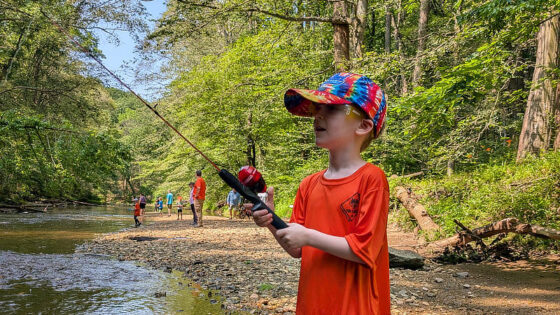Find the Outdoor Learning Resources You Need on the Pennsylvania Gateway to Green Website

By Tara Muenz
Whether you call them outdoor learning spaces, wildlife schoolyards, ecological schoolyards, or living schoolyards, May is the month to celebrate them!
Officially recognized by the California State Legislature in 2014, Living Schoolyards Month encourages school districts everywhere to design and construct schoolyard green spaces and use them to teach standards-based curricula.
You can celebrate Living Schoolyards Month by bringing your students and lessons outdoors. If your school doesn’t have an outdoor learning space, you can create one! Read on to learn why these spaces are valuable and to access resources for creating your own.
Stroud Water Research Center recognizes these spaces as important opportunities to deliver Meaningful Watershed Educational Experiences. The Stroud Center has created several of these spaces on its 55-acre campus and has obtained funding to support other organizations and school districts to also create these spaces.
What Is an Outdoor Learning Space?
These are spaces outside of the traditional indoor classroom where learning can take place. Wildlife gardens, bird-watching platforms, stump stools around a kiosk, or a planted streamside forest are just a few examples.
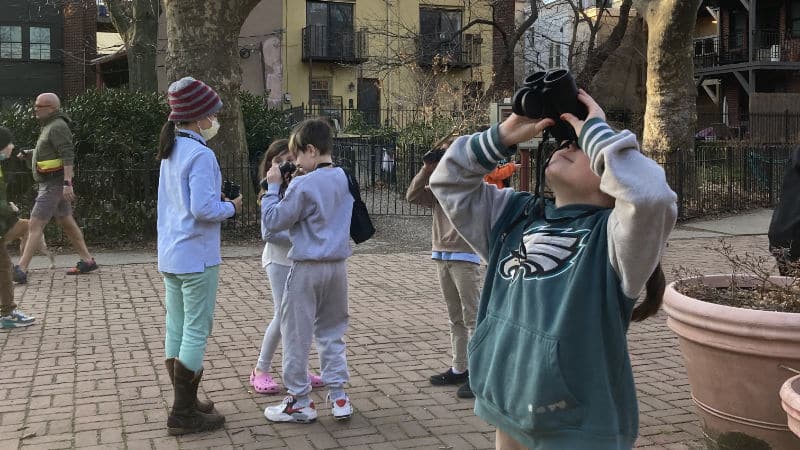
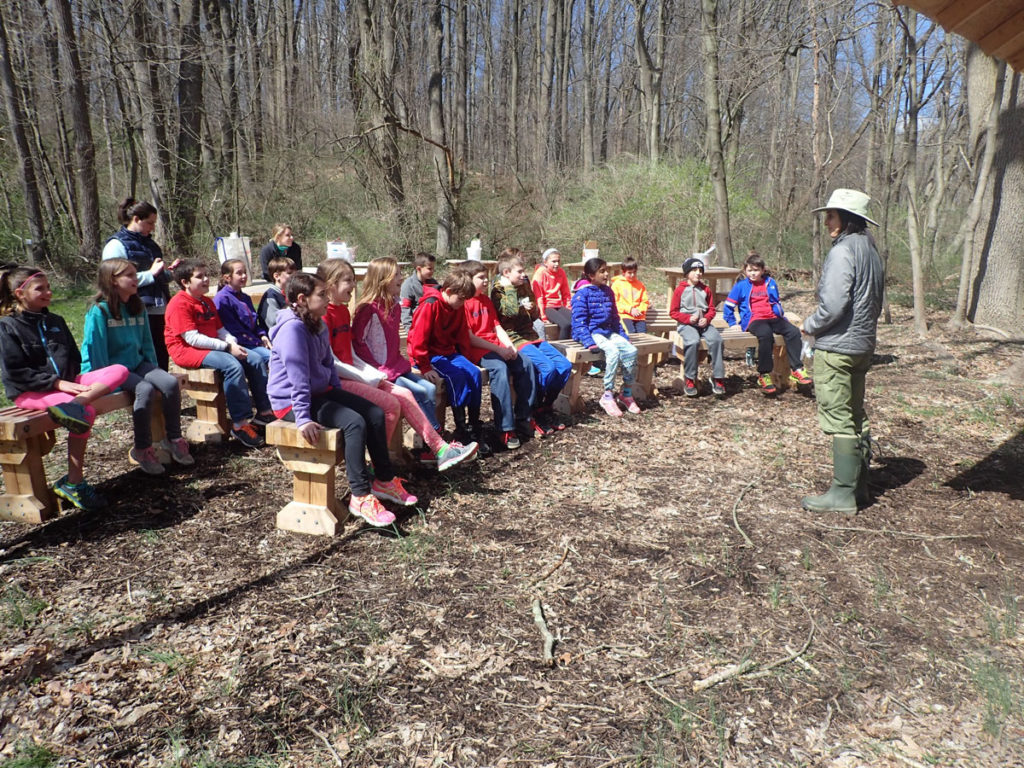
The Benefits of Outdoor Learning Spaces
It is well known that outdoor learning spaces provide multiple benefits to student learning and behavior, offer more accessible and safe nature connections, and improve watershed health.
Environmental Health
School properties in both rural and suburban settings often occupy large tracts of mowed land with minimal wildlife habitat. With little or no trees, shrubs, and plants, these properties have more stormwater that runs off their lands, degrading local water quality.
Student Health and Wellness
When considering the mental, physical, and emotional benefits of learning outdoors, a number of studies have documented increased school performance through outdoor education (see Children & Nature Network). Research has shown increased standardized test scores, enhanced attitude about school, improved in-school behavior, improved attendance, and overall enhanced student achievement when students learn in and about nature (see citations below).
In addition, outdoor education effectively employs a greater range of children’s intelligences. Many researchers assign the increase in performance to increased relevance and the hands-on experience of learning outdoors.
Stroud Center Education Director Steve Kerlin, Ph.D., and Nanette Marcum-Dietrich, Ph.D., of Millersville University interviewed 133 middle school (grades 6–8) students and their teachers for a 2021 study and found students overwhelmingly reported positive benefits:
- They were comfortable being outside.
- Being outside evoked positive feelings (e.g., happiness, calmness, focus, and cooperativeness).
- Being outside enhanced their ability to collaborate with peers.
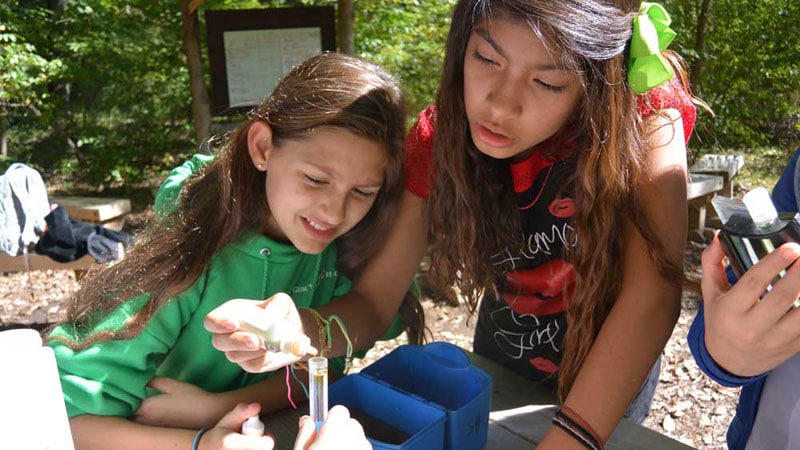
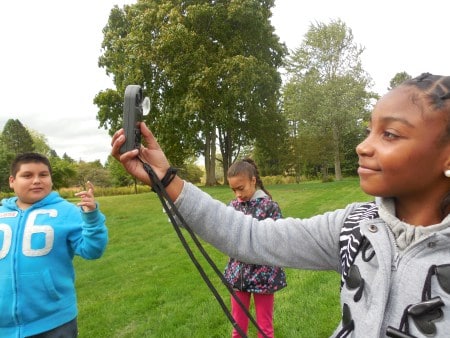
Academic Standards
Outdoor learning spaces provide ideal environments for linking teaching and learning to existing Pennsylvania Academic Standards for Environment and Ecology K–12 and the Pennsylvania Environmental Literacy and Sustainability domain in the new standards, which includes outdoor field experiences. Creation and use of outdoor learning spaces also complies with the Chesapeake Bay Watershed Agreement’s Environmental Literacy Work Plan, Meaningful Watershed Educational Experiences (MWEEs), and the MWEE essential element of outdoor field experiences.
By creating outdoor learning spaces, schools can satisfy the need for equitable, inclusive, and safe access to the outdoors for all their students.
New Outdoor Learning Resource Library!
Pennsylvania Gateway to Green serves as an online hub for Pennsylvania educators (formal and nonformal) to access environmental education resources from government agencies, nonprofits, and other partners to improve environmental literacy of residents throughout the state.
There are resources for parents too! Parents can find the information, resources, and links helpful for their children’s enrichment and to find places and ways to enjoy learning outdoors.
A new page of this site provides a collection of resources to help you create your own outdoor learning spaces. On this site, you can find videos/webinars, guides, websites, and more that cover the following topics:
- Designing, building, and maintaining outdoor learning spaces.
- Accessibility, equity, and inclusion.
- Benefits: Learning, health, and well-being.
- Conservation.
- Funding.
- Teaching outdoors.
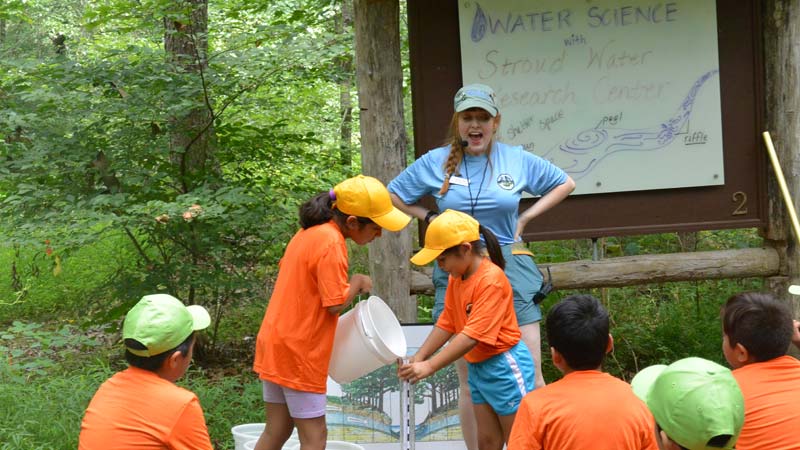
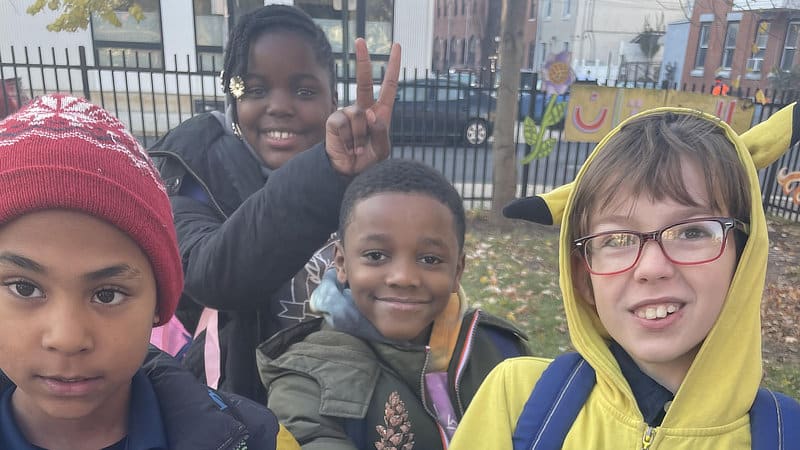
We thank our partners and funding agencies, including the Pennsylvania Department of Environmental Protection, Pennsylvania Department of Education, the Environmental Protection Agency, and the Chesapeake Bay Trust for making Pennsylvania Gateway to Green possible.
Citations
- Charles, C. (2010). Children’s contact with the outdoors and nature: A focus on educators and educational settings. Children & Nature Network.
- Coyle, K.J. (2010). Back to school: Back outside! National Wildlife Federation.


